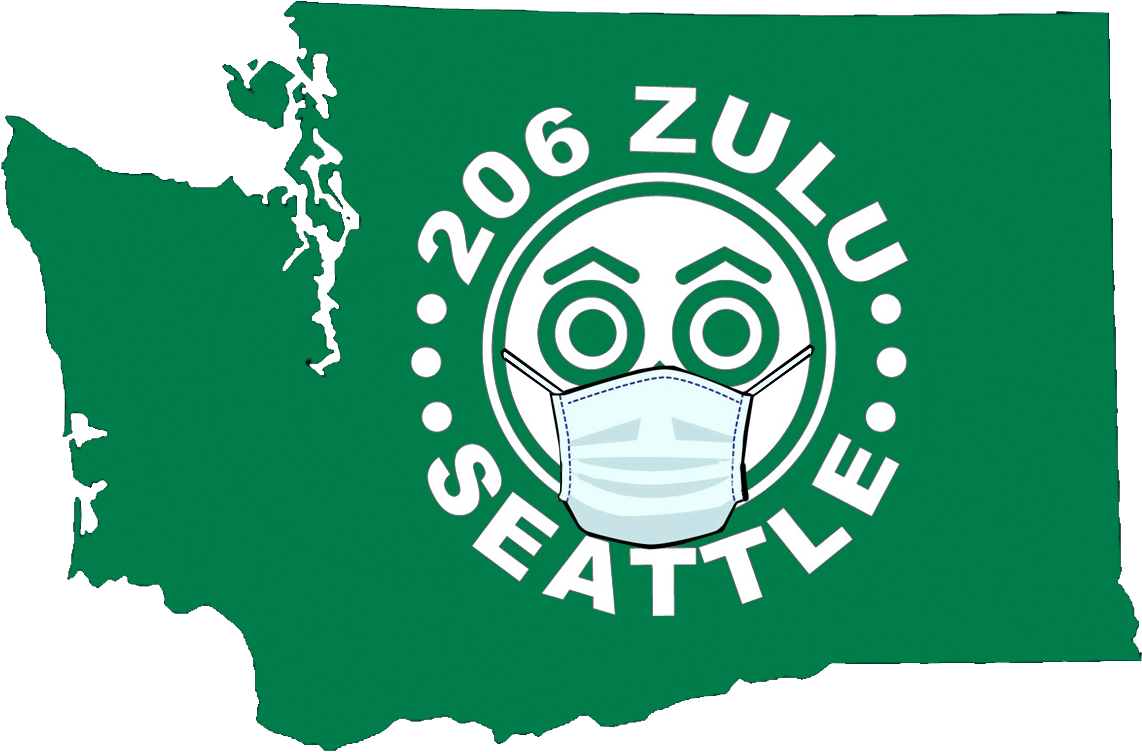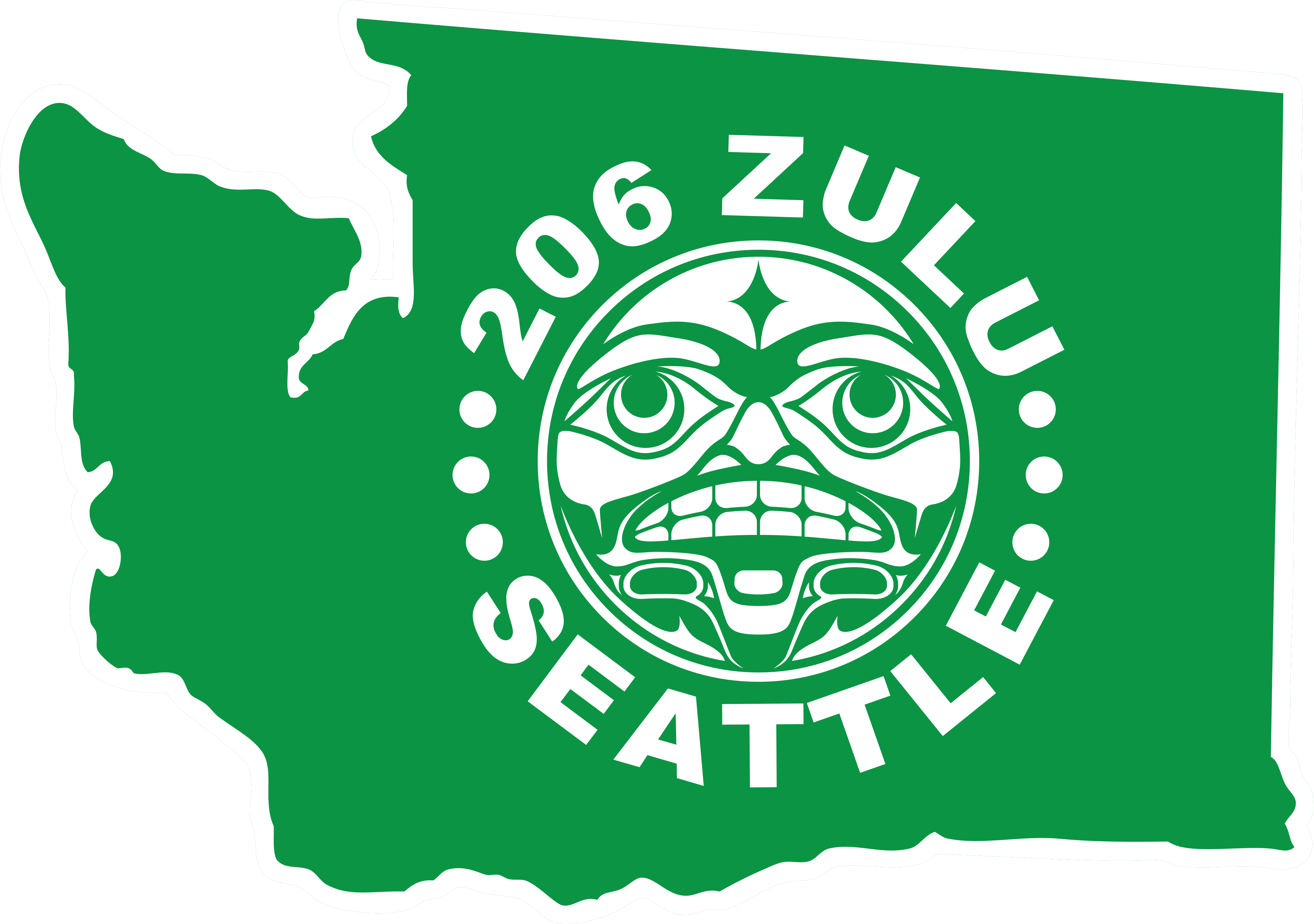
The Washington State Department of Transportation (WSDOT) has been granted $1 million dollars to experiment with two new anti-graffiti strategies which they will employ on a trial basis before reporting back to lawmakers at the end of this year.
The first strategy employs newly equipped drones capable of painting over graffiti in particularly difficult or dangerous to reach places, such as bridges, overpasses, and high walls.
The second strategy involves focusing on “potential solutions for upgrading the state’s existing traffic camera infrastructure… to determine if higher-resolution cameras, tracking software, and additional camera placements would enhance our ability to detect graffiti activity,” according to Tina Werner, spokesperson for the WSDOT.
Apparently, out of the $1 million dollar budget for this project, only a “small portion” has been allocated toward the WSDOT’s new drones. The remainder of the funds will go into exploring traffic camera technologies.
This pilot program explicitly focuses on the areas between Tacoma and Seattle along the I-5 and the North Spokane corridor.
The Drones… They Can Paint Now
The idea of anti-graff drones is attributed to Mike Gauger, a Tacoma area maintenance crew worker for the WSDOT. Reportedly, Gauger has had the idea in mind for over two years and the inspiration came from work in the field.
Gauger became increasingly perturbed by graffiti removal jobs, which take maintenance crews away from other assignments. Additionally, graff cover-ups necessitate the use of specialized trucks known as UBIT’s or Under Bridge Inspection Trucks, which are capable of suspending workers over the side of bridges or ledges. There are only six UBIT’s in the state.
Meanwhile, drones with high-resolution cameras were already in use for routine bridge inspections in the Tacoma area. Gauger saw the potential for simplifying graff-removal assignments by modifying these drones and reached out to drone manufacturer Aquiline, who developed the idea with him.
Now, Mike and his crew will begin testing out a prototype anti-graffiti drone in the Tacoma and Olympia areas. According to the WSDOT, “drones cannot be flown over active lanes of traffic, so the areas we are treating will be in closed work zones or managed with rolling slowdown closures while the drones are in use.”

The drones are fed a water-based latex paint nick-named “DOT gray” from a source on the ground.
WSDOT Explores Anti-Graffiti Surveillance Tactics
Although a presumable majority of funding is being funneled into “testing systems capable of identifying persons,” specific implementation of this part of the program remains less clear at this time.
Spokesperson Werner emphasized that the surveillance efforts are still in, “very early stages,” however noting that, “WSDOT’s current cameras are designed and located to monitor traffic. If cameras were to be used for graffiti surveillance, the camera resolution and locations (additional focus on retaining walls, bridges, etc.) would need to be upgraded. Also, additional tracking software upgrades would be required as well as staff training.”
Language within the bill denotes an effort to, “investigate and test improvements to systems capable of identifying persons who damage property with graffiti.”
House Bill 1989, was effectively signed into law by Washington state governor, Jay Inslee on March 15, 2024. The bill, which was introduced by Rep. Andrew Barkis, R-Olympia, can be read in full here and Washington State voters can find out which of their representatives voted for HB 1989 here.
Governor Jay Inslee’s office maintains an online contact form and a phone line (360-902-4111) for voters who would like to voice their opinion on House Bill 1989 and the potential future uses of the legislation.

